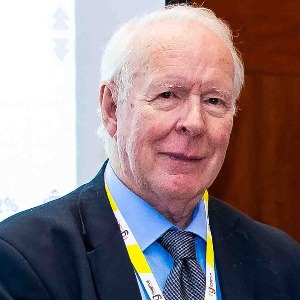Apicoectomy
Apicoectomy is a surgical procedure used in dentistry to remove infected tissue at the end of a tooth's root. It is also known as root-end resection. The procedure is used to treat an infection that has spread beyond the tooth's root canal, which can occur when the root canal treatment fails. The primary goal of an apicoectomy is to remove the infected tissue, while preserving as much of the root structure as possible. This can help to reduce the risk of further infection and prevent jawbone damage. The procedure is typically performed under local anesthesia, with the patient awake during the procedure. During an apicoectomy, the dentist will open up the gum tissue to expose the root of the tooth. The infected tissue is then removed and the root end is sealed with a biocompatible material such as gutta-percha. The area is then closed and the patient may be given antibiotics to prevent further infection. Apicoectomy is an effective way to treat a persistent infection at the root of a tooth. It is essential to keep the area clean and free from infection. This can be done by brushing and flossing regularly and avoiding sugary foods. Routine dental checkups can help to identify potential problems before they become serious. In some cases, an apicoectomy may need to be repeated if the infection returns. This is uncommon, but it is important to follow up with the dentist after the procedure to monitor the area and ensure that the infection has been completely eliminated. Apicoectomy is a safe and effective way to treat a tooth infection that has spread beyond the root canal. It can help to reduce the risk of further infection and prevent jawbone damage. It is important to follow up with the dentist after the procedure and practice good oral hygiene to avoid further infection.

David Geoffrey Gillam
Queen Mary University of London, United Kingdom
Christopher Turner
Spacemark Dental, United Kingdom




Title : Evaluating hygienist follow up for head and neck oncology patients in secondary care: Results from a two cycle audit
Peter Basta, Newcastle Dental Hospital, United Kingdom
Title : Atypical facial pain unravelled
Christopher Turner, Spacemark Dental, United Kingdom
Title : New treatment of temporomandibular disorder through muscle balance and muscle regeneration by activation of quiescent muscle stem cells( satellite cells) with mitochondrial dynamics
Ki Ji Lee, National Reserach Foundation & Busan Medical University, Korea, Republic of
Title : MRONJ and ORN: Referral or management in primary care? Navigating guidelines in the context of long waiting lists
Alisha Sagar, NHS England, United Kingdom
Title : Managing the unexpected: An Insight into supernumerary teeth
Bahar Gharooni Dowrani, Guy's and St Thomas' NHS Foundation Trust, United Kingdom
Title : Laxative prescribing for post operative head and neck cancer patients at Derriford Hospital
Pui Sze Kylie Li, Cardiff and Vale University Health Board, United Kingdom